ARMY ABERDEEN TEST CENTER, Md. - Amid the fast pace of testing at Aberdeen Test Center, workers recently found time to track an injured bald eagle over four days, protect it from predators, and finally get it to medical care.
Sadly, once it had been examined at a veterinary clinic, the adult eagle's injuries were such that it had to be euthanized. Still, the effort put into the rescue highlights the strong focus on environmental steward ship that characterizes ATC, and its special care for a national symbol.
The story began April 12: "One of the drivers out on Cross Country Three Course called me on the radio and said he had spotted what looked like an injured eagle," said Kevin Pelletier of ATC's Perryman Test Area.
Pelletier went out to investigate and called ATC's Environmental Division. Joseph Ondek of the Environmental Division and Aberdeen Proving Ground game warden Christopher Hayes came out and attempted to catch the bird, but each time, it would fly away a short distance.
"We could tell it was injured," said Pelletier. He said that eagles would normally fly away to a high perch if approached, and this one was just mobile enough to evade capture.
It was decided to keep monitoring the bird. Over the next three days, Pelletier would check on it periodically, and drivers on the test course would radio in reports as they passed by.
The eagle appeared to be surviving by feeding off a nearby deer carcass. At one point, coyotes gathered, but "We spooked them away," said Pelletier. He said that they rarely see coyotes in daylight, which told them that the bird was definitely in trouble.
Finally, on the fourth day of the vigil, APG game warden Matt Stewart came out, determined to catch the eagle. "He said 'I'm going to tire her out,' " said Pelletier, and Stewart eventually succeeded in catching the bird.
The eagle was taken to Tri-State Animal Rescue, but an examination revealed that its injuries were serious and chronic, and, in the words of the official report, "the prognosis for return to flight was very poor." Despite the efforts made for its rescue, it had to be euthanized.
"Thank you for going above and beyond to help this bird," wrote David Goad, the acting chief of ATC's Environmental Division, in an e-mail message to Pelletier. "You definitely gave it the best chance it had for survival."
Pelletier is part of the four-person team that runs the Perryman Test Area. "We do everything," he said, "We mow the lawns, we check the vehicles..." and they watch out for the wildlife, and not just eagles.
The area around Perryman is a wildlife-rich environment, and animals are sometimes driven in from nearby hunting areas. Staff members, drivers and other users of the area are briefed to watch for and report any unusual developments.
Bald eagles' decline and return
The bald eagle was selected by Congress in 1872 as the national symbol. By 1963, however, the once-robust population of the contiguous 48 states was down to fewer than 500 nesting pairs. Populations remained healthy only in Alaska.
In 1967, it was declared an endangered species in the southern half of the United States. In 1978, it was declared a threatened species, a less restrictive category, in five northern states and endangered in the rest of the "lower 48."
Populations grew and in 1995 the bald eagle's status was downgraded to threatened. In 2007, it was officially delisted, but continues under the protection of the Bald Eagle Protection Act of 1940. The act makes it illegal to kill, harass, possess or sell the birds.
The bald eagle program at APG
Actually, if it weren't for the Army, there wouldn't be any bald eagles on Aberdeen Proving Ground.
"When [the land for ] APG was purchased in 1917, it was all agricultural fields," said Goad. "It was fields of wheat, oats and barley, peach orchards, and included three major canneries," added Ondek.
This was an environment that was not attractive to wildlife, especially bald eagles. What then happened was not by design, said Goad, but came naturally out of how the land was used - or not used - by the Army.
Slowly, much of the APG area began to revert to a more natural state, one more inviting to wildlife. Some 90 percent of the tree-covered area now in existence grew in the years since the Army has managed the land.
While other areas in this region have become increasingly built up, the APG area remains as the "last rural area on the northern Chesapeake Bay," according to the 2000 census, said Goad.
"It's not a sanctuary," said Ondek, " It's a natural habitat that we have managed well."
Ondek said it is "An exceptional habitat because of its diversity. It has every type of wildlife native to Maryland except for bears." He added that five years ago, a bear climbed the fence and entered the ATC area, but that it was apparently frightened off and climbed back out again.
Ondek said that in 1965, there was only one bald eagle nest here. "It was in a big oak tree right on top of one our firing positions," he said. Because of DDT contamination, the nesting pair was unsuccessful. The once-common insecticide caused weak-shelled eggs that broke or failed to hatch. It was banned in 1972. Ondek said that in the late 70s, there was a second nesting pair, on ATC's Spesutie Island, and they were able to produce chicks.
And from there, the population grew. APG supports about 60 nesting locations. This year, about 40 of those nest sites have produced more than 53 chicks. The peak year for chick production was 2009, when 69 were born. The 2010 bald eagle population survey yielded 239 bald eagles on APG.
APG has a mix of three eagle populations: residents that are here year-round; northern migrants that come south in the winter from as far north as Canada; and southern migrants that come north in the summer from as far south as Florida.
This makes it the "largest breeding population in the northern Chesapeake Bay," Goad said, and one of the largest in the country outside of Alaska and the Pacific Northwest.
The APG Garrison runs the overall environmental program, and ATC implements it in the areas in which it operates. This includes about 80 percent of the eagle nests.
ATC's Environmental Division reviews test programs for impact on the eagle population, records and GPS-locates all nests and responds to incidents. Ondek recounts how he once spent nine months monitoring the flights of eagles from a roosting area near the Mulberry Point Range.
"I determined they were flying out at an altitude that didn't interfere with the firing."
In 2003, Ondek said there was a series of eagle deaths across APG. "Some people immediately blamed the mission," he said. On investigation, it was determined that there was no direct impact of mission activity on deaths. The eagles, their attention focused on prey, were hitting power lines. Now, any visitor to APG will notice how power lines are festooned with twinkling reflectors - Ondek calls them "flipper-flappers" - to warn the eagles and other birds away.
Since 2005, some breeding nests have video cameras trained on them, recording the breeding and rearing process and providing valuable scientific information that is shared with academia, among others.
Ondek said the nest cameras "opened up a whole new field for us." The information they provide - recorded 24/7 - exceeds anything that could be gathered by ground-based observers.
Goad said that the impact on testing is minimal, although schedules sometimes need to be reworked to accommodate the birds' life cycle, such as the nesting season, which runs from Dec. 15 through June 15.
And these birds and the humans who work here have learned to live together.
"Probably 30 years ago, this was a program for a select few," said Goad. "Now, the birds have 2,000 people looking out for them."
He said that ATC workers, as in April's incident, are the ones who monitor the birds day-to-day, report incidents and are very protective of them.
According to Ondek, the reigning attitude is "If we don't mess with our birds, nobody messes with our birds!"
Ondek added that his personal impression was that the eagle population on APG has "acclimated to what we do here, which makes management easier." And while the birds are supposed to be shy of human contact, "they land on our equipment and, even nest on one of our towers!"
That nesting site on the tower at Mulberry Point had been used for years by ospreys, another of the many bird species that thrive on APG land. Eagles took it over last September.
Ondek said that the wild birds' comfort with ATC's human activities are the result of generations of familiarity. Many of the birds were born and raised here, as were their parents and generations before them, and, well, it's home.
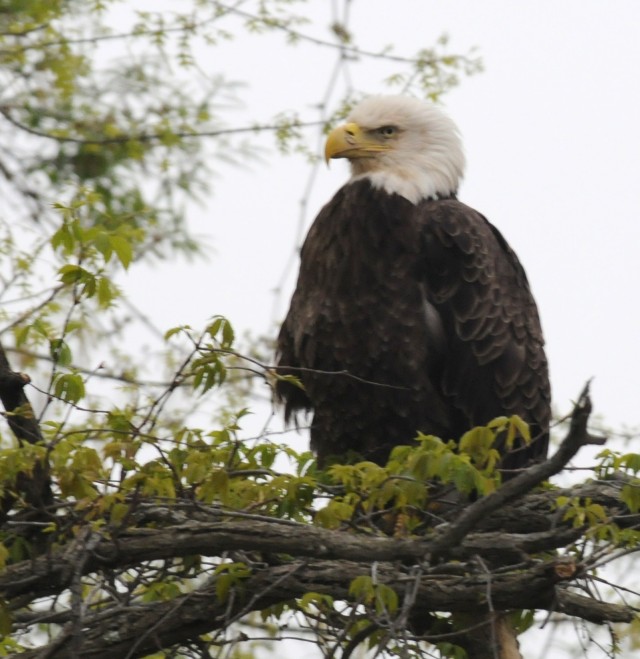
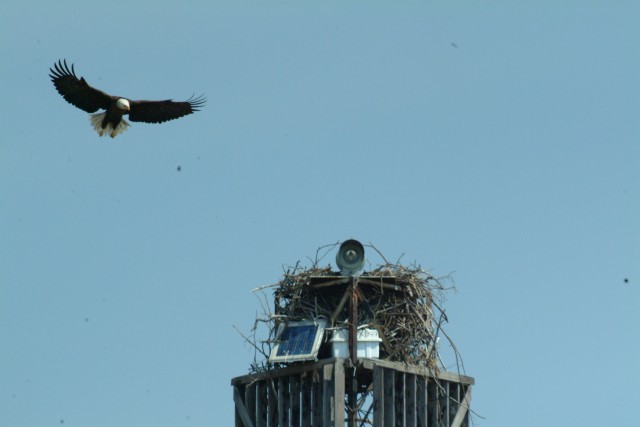
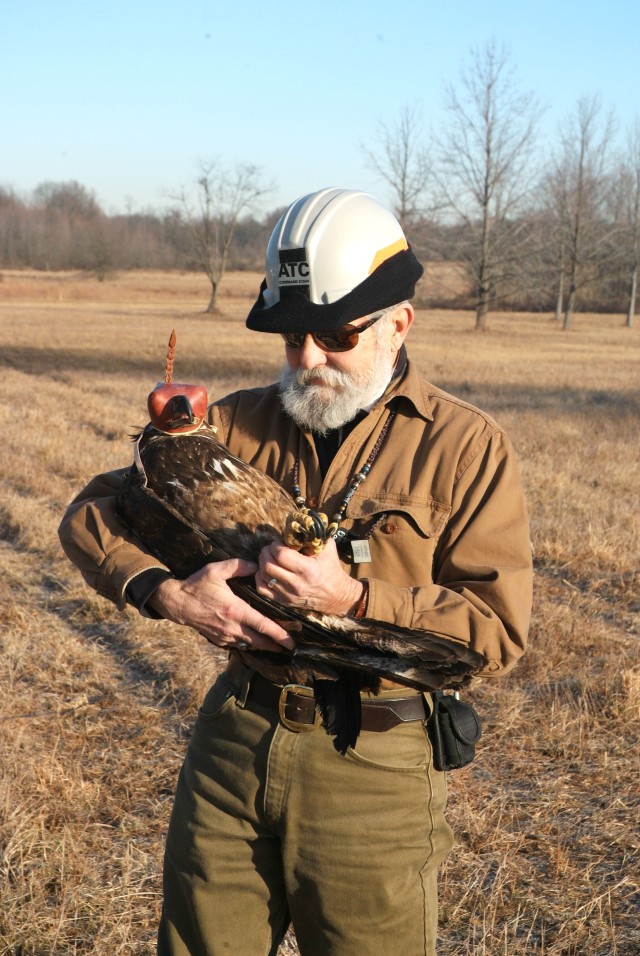
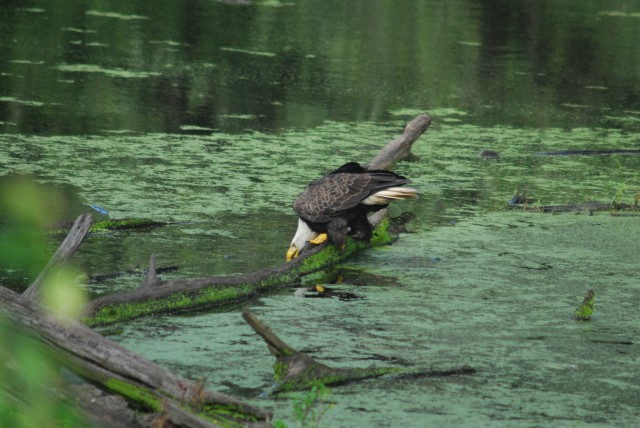
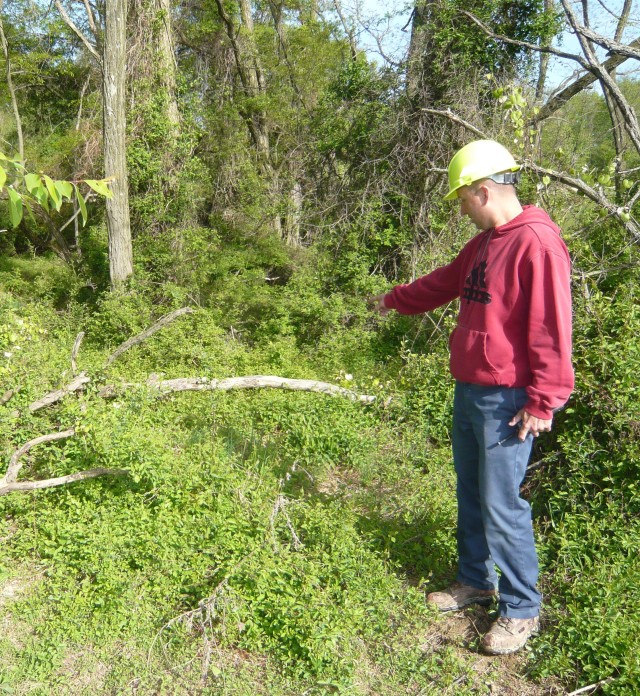
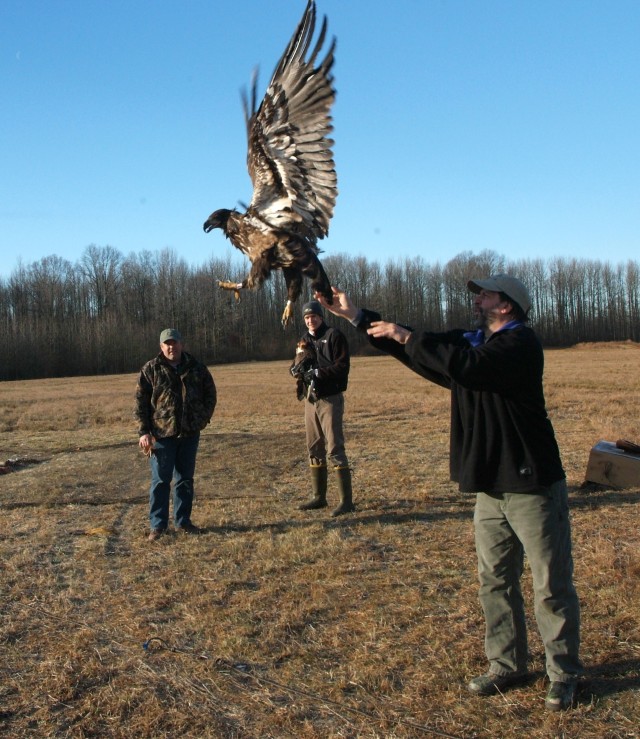
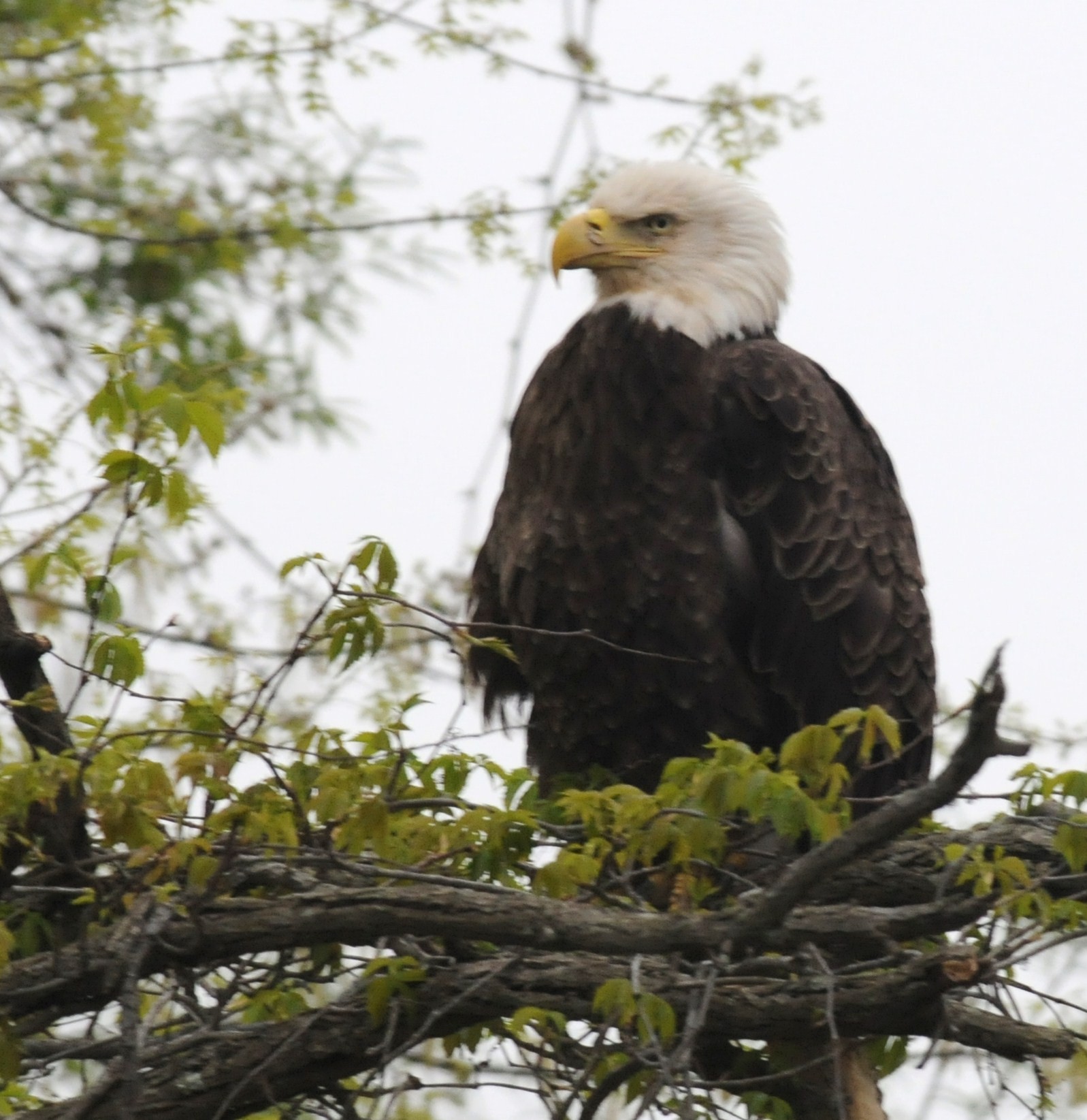
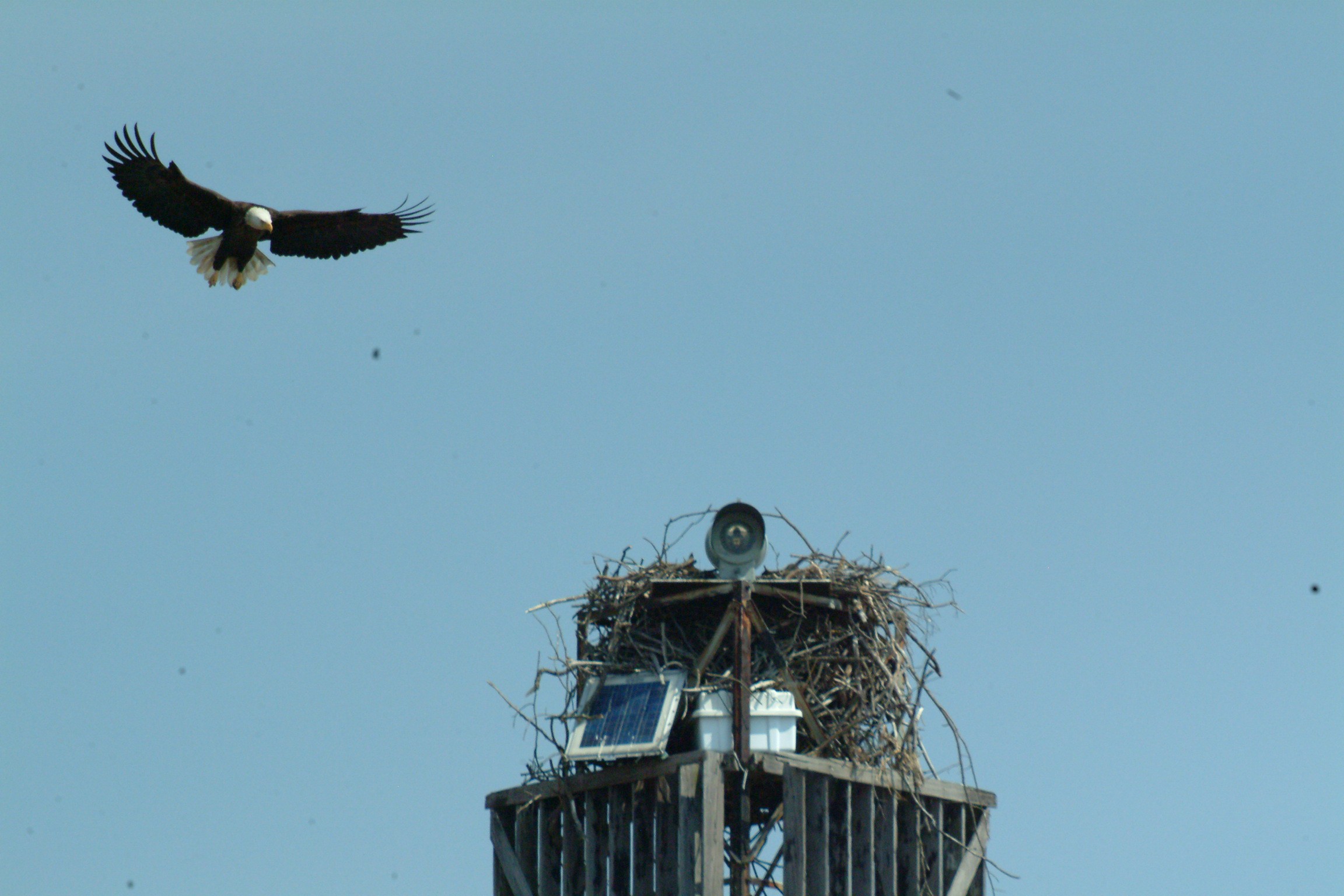
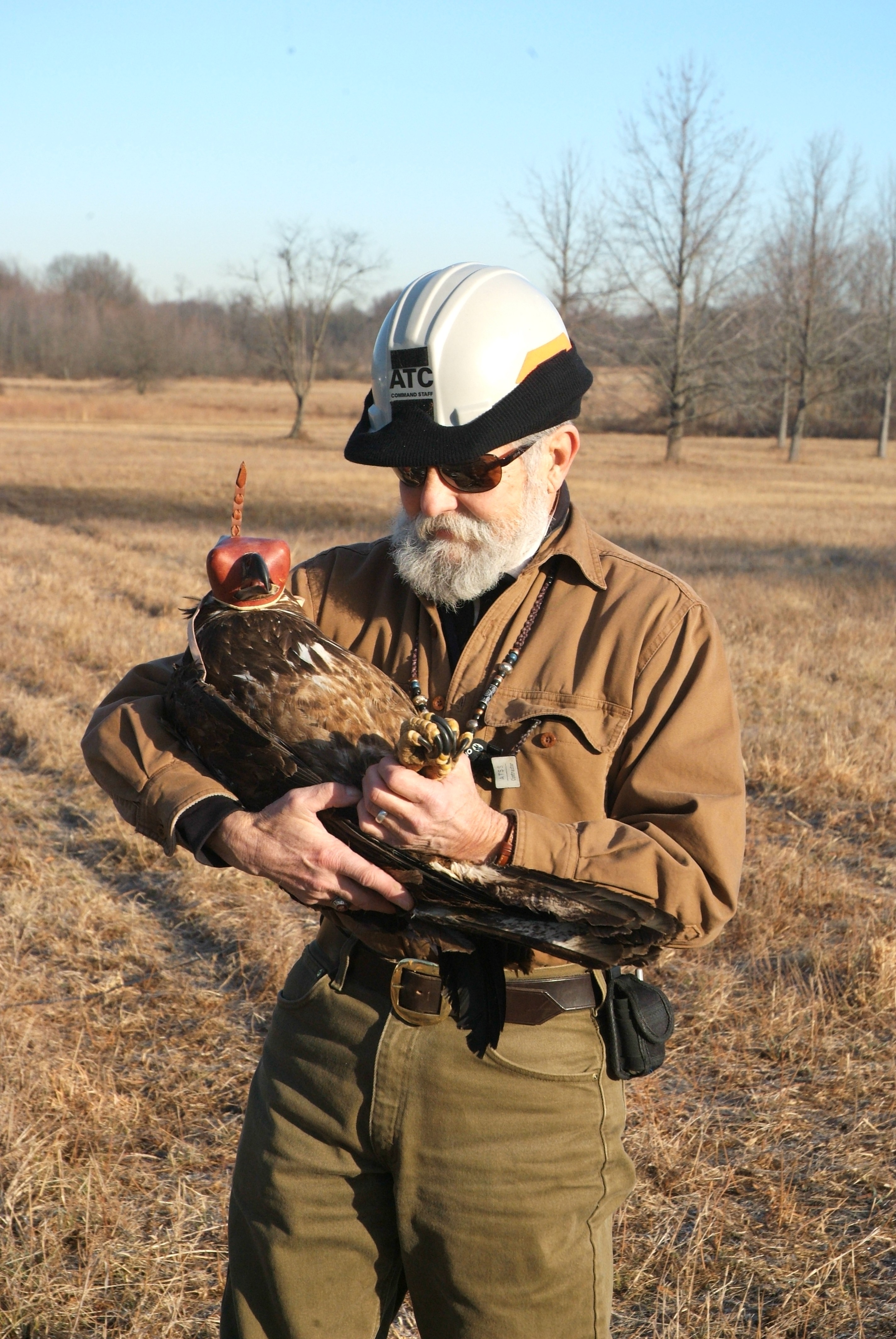
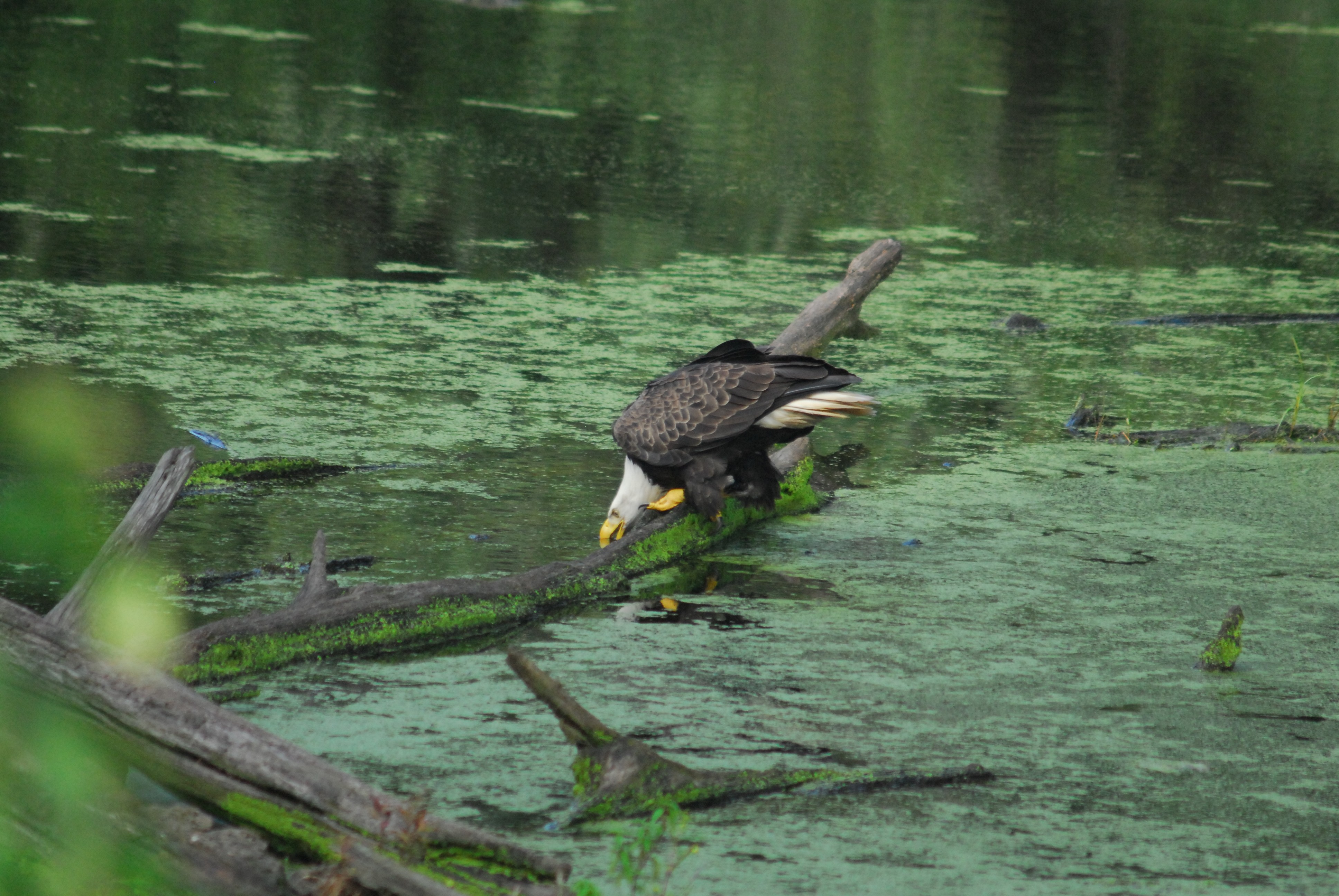
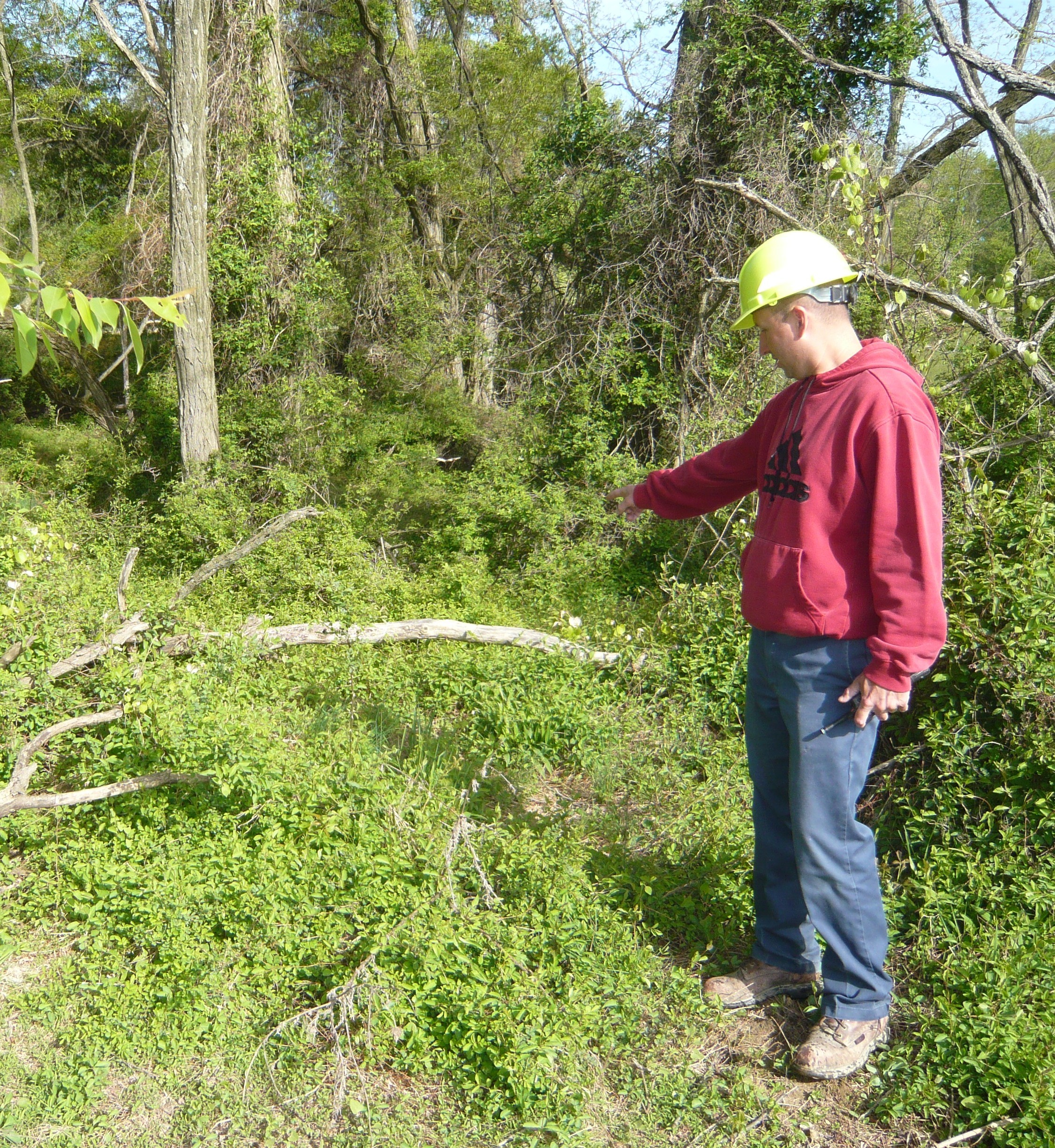
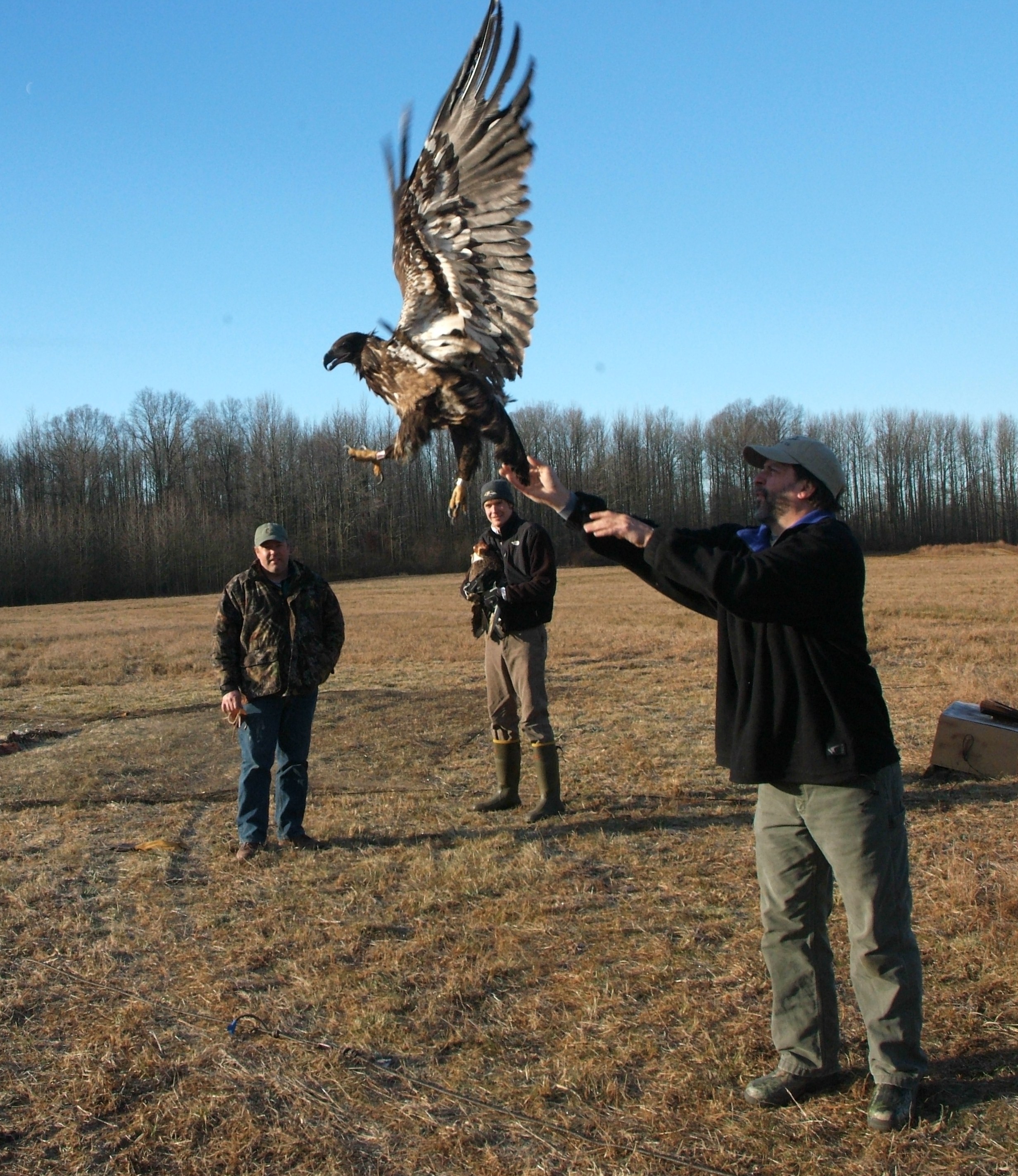
Social Sharing